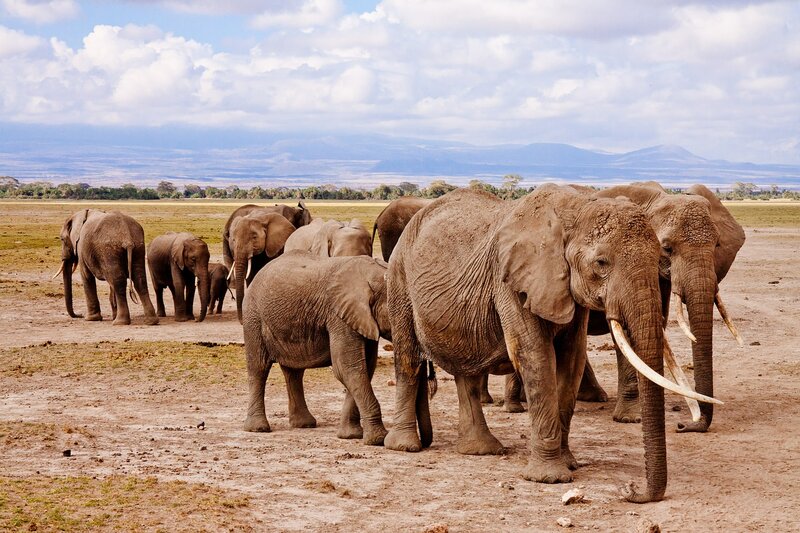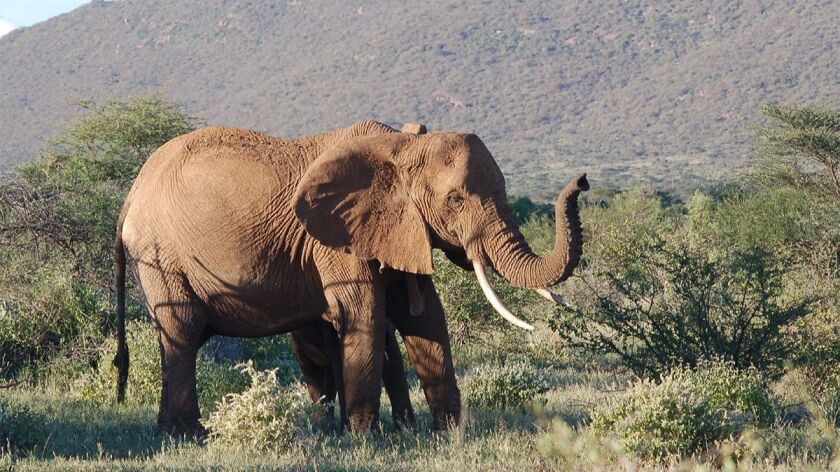
The toll of climate change is being heavily extracted on the Elephant population of Kenya. Reportedly, the Kenyan government has claimed that climate change is a more significant threat to the population of elephants than poaching.
Kenya’s Tsavo National Park has recorded the death of 179 elephants in the last eight months alone. It is one of the largest parks in the world
“We had nine elephants poached in the last eight months and 179 elephants dying because of drought. That is a huge number. The time is ripe to discuss climate change,” Najib Balala, Kenya’s Cabinet Secretary for Tourism told local media.
What strategy has Kenya adopted to save the elephants?

Balala further stated that his government had taken note of the impact of climate change on animals. In view of that, it has developed the National Wildlife Climate Change Adaptation Strategy 2022-2023 to address the threats.
The destruction of forests and the natural habitat zones of Elephants are some of the contributing factors to the changing weather patterns. In an African country like Kenya, the prolonged hot weather due to climate change implies that most water bodies run out of water.
Notably, Kenya has experienced some of the most severe drought conditions in the last 40 years. The population of elephants in Kenya stands at 36,000 which is a considerable improvement from 1989 when numbers stood at 16,000, according to recent statistics. However, the imminent threat of climate change threatens to undo all the good work.
In 2019, 600 elephants were relocated due to drought in Zimbabwe

The Kenyan minister asserted that financial funding for such conservation programs is the need of the hour. African nations must strive for financial sustainability instead of relying on donors. Moreover, another contributing factor is the human-animal conflict. It is the sharing of space that is posing a big challenge to the conservation of elephants.
It’s not the first time that elephants have died of starvation in an African nation. In 2019, 600 elephants were relocated due to acute starvation caused by drought in Zimbabwe. The relocation process was only prompted when 200 elephants already died.





